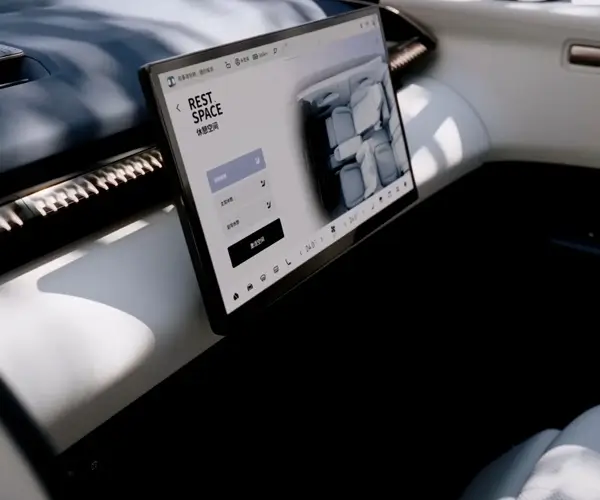Unveiling the Mystery: Understanding What a Servo Motor Driver Really Is
In the realm of modern automation, robotics, and mechatronics, servo motors are the silent heroes powering precise movements and efficient operations. Whether it’s a robot arm weaving its way through complex tasks, a CNC machine carving intricate designs, or an automated conveyor belt sorting packages, servo motors are often at their core.

But having a high-quality servo motor isn’t enough by itself. To control its movements accurately, smoothly, and reliably, you need a servo motor driver — the sophisticated electronic heartbeat of the motor. Think of the driver as the conductor of an orchestra, translating commands into finely tuned actions, adjusting speed, position, and torque as needed.
What exactly is a servo motor driver? A servo motor driver, also known as a servo controller, is an electronic device that communicates with the servo motor to modulate its operation. It interprets control signals (typically from a microcontroller or PLC), and then adjusts the power appropriately to ensure the servo motor moves precisely as intended. It includes features such as feedback loops, pulse control, and fault detection, all working together to maintain optimal performance.
The Cost Spectrum: Why Prices Vary Significantly
When diving into the world of servo motor drivers, one of the first questions that pop up is: “How much do they cost?” The answer isn't straightforward because prices can range widely — from a modest $50 for basic models to over $1,500 or more for advanced, industrial-grade units.
Several factors influence this variation:
Performance Capabilities: More expensive drivers often support higher voltage ranges, faster response times, and greater torque handling. They incorporate more sophisticated algorithms for smoother operation, reducing vibration and improving lifespan.
Control Features: Entry-level drivers may just offer simple ON/OFF control, while high-end models include complex features like multi-axis synchronization, real-time diagnostics, and network connectivity (EtherCAT, Modbus, Ethernet/IP).
Build Quality and Reliability: Premium drivers are built with superior components, better heat dissipation systems, and robust protective features, adding to their cost but also ensuring longevity and stability.
Brand and Support: Established brands with global support networks often command higher prices but offer peace of mind through warranties, technical support, and extensive documentation.
Intended Application: A hobbyist or DIY project might suffice with a low-cost, basic driver, whereas an industrial manufacturing line demands premium, industrial-grade systems with redundancies and extensive safety features.
Why price should not be the sole consideration
While it might be tempting to choose the cheapest servo driver to cut costs, it’s vital to consider other aspects like compatibility, control precision, and reliability. Investing in a driver that matches your application's technical demands can save you money in the long run — fewer breakdowns, less downtime, and higher quality output.
Market Trends Impacting Pricing
The market for servo motor drivers is dynamic, influenced by technological innovations, supply chain fluctuations, and demand from emerging sectors like autonomous vehicles, robotics, and 3D printing.
Miniaturization and Integration: Newer models are increasingly integrated with IoT capabilities, allowing centralized control and data analytics, which tend to increase initial costs but offer added value.
Component Shortages and Tariffs: Global supply chain disruptions, especially post-pandemic, have driven up costs for electronic components, influencing overall prices.
Customization and Specialized Solutions: Manufacturers offering tailored solutions for specific industries or applications typically charge a premium for bespoke features.
Balancing Cost and Quality for Different Users
Hobbyists and DIYers: For small projects or experimentation, budget-friendly models around $50-$150 can effectively showcase servo control. These often support lower voltage and simpler control options.
Small to Medium Businesses: Mid-range drivers between $150-$500 offer a good balance of features, reliability, and affordability for packaging, automation, or creative projects.
Industrial and High-Precision Applications: High-end, industrial-grade servo drivers costing $500-$1,500 or more deliver robust performance, enhanced precision, and long-term stability. They’re designed for demanding environments where failure is not an option.
In Summary
Understanding what influences the price of a servo motor driver is empowering for anyone involved in automation. Prices tell a story not just about cost but about capabilities, reliability, and suitability to your specific needs. Whether you’re tinkering in the garage or designing a factory line, choosing the right driver involves balancing your budget with your project’s performance expectations.
Leveraging innovations in modular drive technology, Kpower integrates high-performance motors, precision reducers, and multi-protocol control systems to provide efficient and customized smart drive system solutions.




































